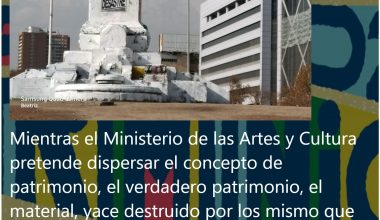 Presented by Hui Chuan Wang, landscape architect and artist
Presented by Hui Chuan Wang, landscape architect and artist
7pm, Thursday 5 March 2009
RMIT bldg 50, Orr St
Refreshments provided. Entry by gold coin donation (all donations will go to bushfire relief efforts)
Yongle gong is a Daoist chief-ancestor temple built in the Yuan dynasty (14th century) in Shanxi province (山西), China. The temple is decorated by both figural and architectural mural paintings. The figural paintings are regarded as some of the highest quality examples in China. Conversely, the architectural mural paintings have scarcely attracted scholarly attention so far.
Hui says:
“When I first started to work on Yongle gong’s architectural mural paintings for my PhD, my aim was to understand the depiction methods used in these paintings. In other words I wanted to analyse the processes used from the artist’s point of view. This meant that the painting principles from ancient Chinese texts had to be studied first. A nucleus of two painting principles provided the framework for a series of empirical graphic studies tracing the methodology of planning and executing architectural mural paintings. In the course of this investigation the original meaning of those painting principles was re-assessed.
My study of Yongle gong’s architectural paintings showed that the grid system was used for the graphic composition of traditional Chinese architectural murals, and both converging and parallel lines were employed to depict architecture in three-dimensions. I tested these methods on two other architectural murals roughly approximating Yongle Gong in date and location: Prince Yide’s tomb (懿德太子墓) and Yan shan si temple (严山寺). They confirmed that the grid system, Jing ying wei zhi, parallel lines, Yi xie bai sui, and converging lines, Yi qu bai xie were fundamental methods used to generate visually and symbolically cohesive architectural mural compositions.”
Prior to commencing this PhD study, Hui Chuan Wang was involved professionally in the field of housing in Taiwan for more than ten years, and completed a Master of landscape architecture at the University of Melbourne. Hui also practices as an artist and involves in charities. Her paintings have received several awards and been exhibited both in Taiwan and Australia.
Download the flyer for this event here







